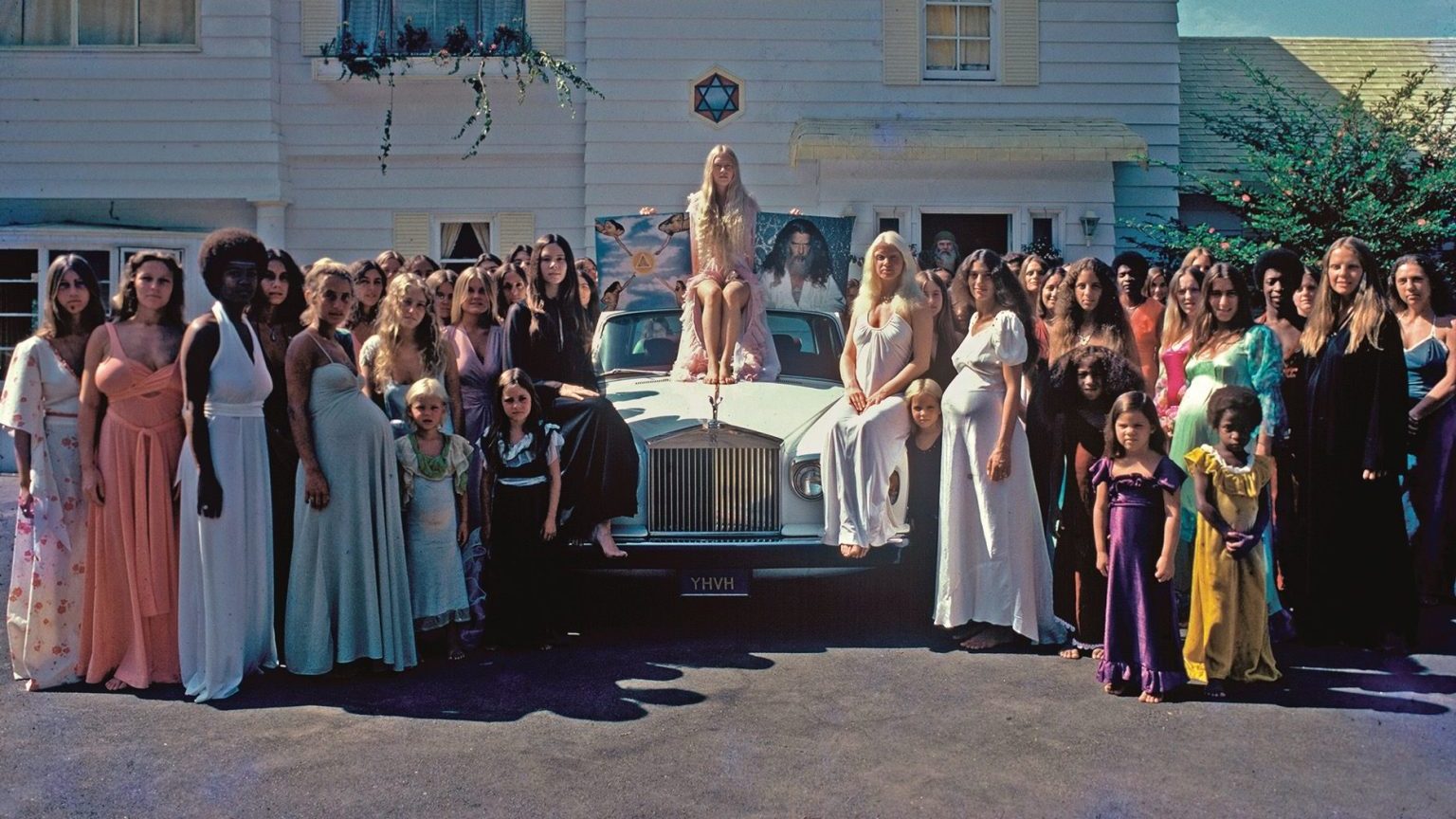Serbia’s Secret To Good Health

Eastern Europe isn’t known as a mecca for healthy living. Those who haven’t visited Eastern Europe might still imagine that it’s filled with smoking teenagers and obese babushkas. Although that still exists, Eastern Europeans have some healthy practices that we could all learn from.
For example, when I asked Larry Leigh, an American Law School professor who taught in Belgrade, what Americans can learn from Serbians, he wrote, “The Serbs are quite a physically attractive people. If you walk the streets of Belgrade, you will find a relatively fit and trim urban population. Frankly, they just look better at all ages on the average than Americans when it comes to fitness and general health.”
It’s true. Stroll down Belgrade’s main pedestrian street (Knez Mihailova) and you’ll see that it’s filled with big strong men and beautiful women whose legs never seem to end. Serbs are all ages seem remarkably fit and healthy.
Two Serbian habits help keep them trim and healthy. First, they eat food in season. They don’t buy tomatoes and summer fruit in the winter. Although that’s changing, they’re still old school and favor fresh fruits and vegetables. Thus, they adjust their cuisine according to the season. Not only does this save money (because imported produce is generally pricey), it also lowers your carbon footprint (since imported food is often shipped from far away).
Second, Serbians are physically active no matter what their profession. They are more athletic and thin than the average American because they walk much more and eat less. Sports are glorified in Serbia (especially among men), which results in widespread athleticism.
Slovaks are also outdoor-freaks who take advantage of their spectacular mountains and parks. Follow their example and ist’na prechadsku (go for a walk). Go jog, raft, ski, snowshoe, hike, and bike in your surroundings, even if they’re not as pretty as Slovakia’s.
Of course, Serbians (and Slovaks) aren’t healthy saints. They smoke too much, eat too much much greasy ćevapčići (kebab), and drink too much rakija (brandy). Their average life-expectancy is 75 years, which is good, but not in the top third on the planet. Nevertheless, we could all learn to copy their habits of eating more fresh, local produce and moving our butts.
Francis Tapon has traveled to 80 countries and spent the last three years traveling to 25 Eastern European countries. He is author of the new book, The Hidden Europe: What Eastern Europeans Can Teach Us. This article is an adapted excerpt from the chapter on Serbia (and Slovakia).





